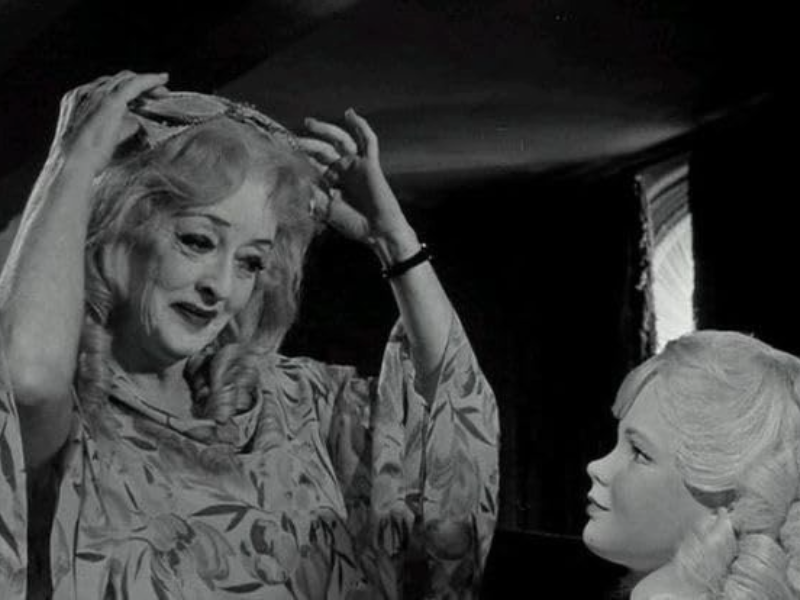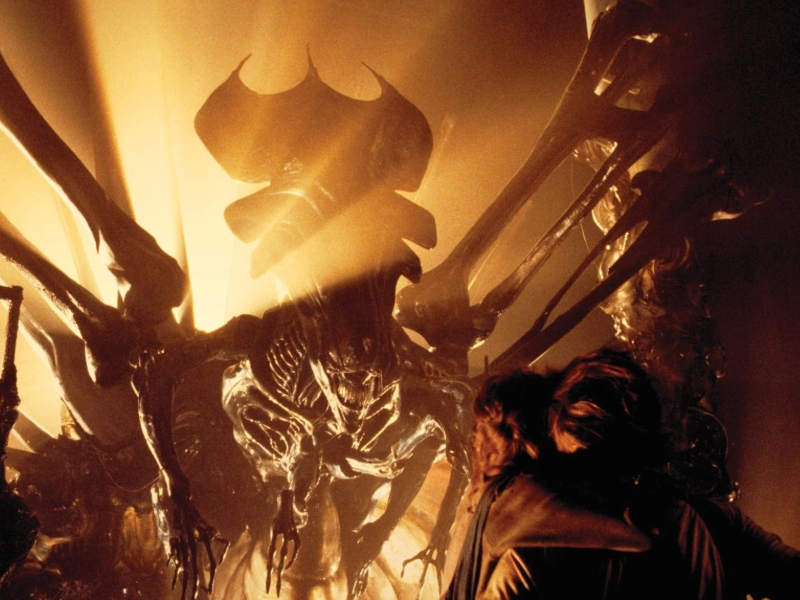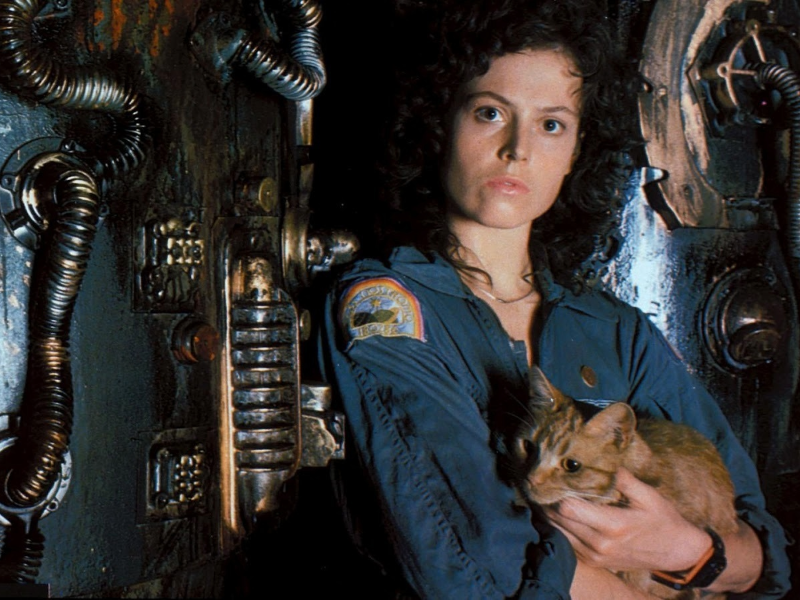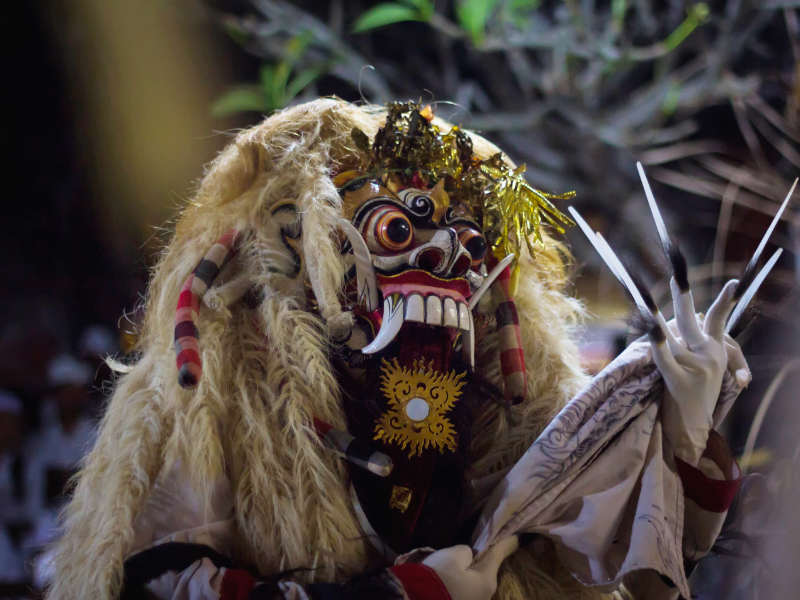
There’s nothing scarier
than the patriarchy
From Podcast The Newsletter
“Every episode is the equivalent of screaming Bloody Mary in the bathroom mirror when you’re eight. (There is actually an episode about that.)
But also pretend there is an academic in the mirror screaming too, offering insight into why the vanishing hitchhiker is always a woman and what that has to do with Sibyls [and] the Oracle of Delphi. If you have an interest in fairy tales, ghost stories, history, feminism, and witchcraft, you’ll like it.”

Hi!
I’m Steph
I’m a horror fan who believes that women are people and that as people, we deserve pockets. Pretty edgy, I know.
Each episode of Paranormal Pajama Party features a creepy story about a female phantom or femme fatale and examines the cultural context behind each ghoulish gal to try to figure out why society finds being a woman is so scary.
I mean, being a woman is scary… but not for ghost reasons. 👻
In this deep dive into global mermaid mythology, we explore ancient Greek bone-heaps, oceanic folklore, and a disturbing truth about humanity's relationship with the natural world. Because what if these stories were never really about women at all?
Dig deeper into the graveyard dirt in "The Women of Dracula, Part 2." We unpack the novel's hidden horrors, from the monstrous Brides and Mina Murray's surprising intellectual power to Jonathan Harker's unsettling journey. Discover why this classic is more than just a vampire story – it's a profound look at Victorian anxieties about women, intellect, and masculinity.
The real horror in Dracula isn't the vampire – it's Victorian fear of female sexuality. Explore how Lucy Westenra's story reflects 19th-century panic over women's independence in this feminist literary analysis of Stoker's Gothic classic.
Explore the twisted world of "hagsploitation" horror – where ageing women become monsters. Discover how Hollywood legends Bette Davis and Joan Crawford transformed Hollywood's ageism into psychological terror, creating a subgenre that both exploited and empowered women past their "prime."
Two women. One real. One invented. Both remembered as monsters. What does it say that Annie Palmer – the White Witch of Rose Hall – and Delphine LaLaurie are the most infamous slaveholders in history… and both are women?
The ghostly sound of wooden sandals clicking down a dark street – kara-kon, kara-kon – has haunted Japanese audiences for more than 300 years. The source? A beautiful woman and her servant, who carries a peony lantern, searching eternally for her lost love. But this isn't just any ghost story – it's one of Japan's most influential supernatural tales.
Discover how King James VI's insecurities sparked the North Berwick Witch Trials – the first of Scotland's brutal witch hunts. When storms hit his wedding voyage, he blamed witches—leading to torture, execution, and a Bible translation that shaped centuries of misogyny. A dark tale of fragile masculinity meets divine right.
Meet the shishiga, the siguanaba, Umm al-Duwais, and the Deer Woman. These female monsters from across the globe have a shared duty: They warn, protect, and punish – but this time, they’re targeting men.
Chloe, the world-famous ghost of an enslaved girl lynched for poisoning a white woman and two children, has put the Myrtles Plantation on the dark tourism map. If that sentence felt problematic to you, I promise, it gets worse.
Paranormal Pajama Party returns with a look at conspiracy theories, gender, and power, exploring how women in politics are often demonised. Listen to the Season 3 premiere now.
Explore ghost stories and paranormal legends with a feminist twist on season three of Paranormal Pajama Party.
As I think about the "Alien" series more, I keep coming back to its use of a gendered term as the go-to insult. It seems weird for a feminist movie franchise. Why does it keep popping up in powerful moments? Read on to reclaim language with Ripley.
Let's talk about a freaky maternal figure who didn’t get the recognition she deserved in the Alien episode: MU/TH/UR, the Nostromo’s artificial intelligence system.
We're off again with Ripley, this time headed into the hive. From an iconic feminist action hero to the Xenomorph Queen's monstrous power, learn how the sci-fi horror classic Aliens redefined feminine strength.
We're dipping our toes into the feminist undercurrents of Ridley Scott's Alien in this eye-opening episode. We dissect how this sci-fi horror classic subverts genre expectations, forcing viewers to confront uncomfortable truths about gender and power. Discover why Alien remains a powerful statement on women's experiences, cleverly disguised as a monster movie.
Discover Scotland's eerie green spectres: from mischievous glaistigs to tragic green ladies. Explore the folklore, superstitions, and ethical questions surrounding these female phantoms that haunt Scotland's ancient castles and fuel its paranormal tourism industry.
Discover the complex mythology of Rangda, Bali's demon queen. From ancient Hindu-Buddhist kingdoms to modern Indonesia, we explore how this fearsome figure embodies the duality of creation and destruction. Uncover the historical roots of Rangda in Queen Mahendradatta's story and examine how powerful women throughout history have been demonised for political gain.
Explore how the 19th-century Cult of True Womanhood may have influenced Edgar Allan Poe's female characters. From Madeline Usher to modern horror and the cult of domesticity to the tradwife movement, we unpack some of society’s “feminine” ideals and their surprising link to feminism. We also talk about how women in fiction still struggle to break free from being mere reflections of male narratives.
Edgar Allan Poe, known for pioneering gothic literature, had a fixation on beautiful dead women in his works. This motif reflects his personal losses and the cultural glamorisation of tuberculosis, a disease often associated with beauty and death in his time.
The dark history of witch hunts, exemplified by Heinrich Kramer’s “Malleus Maleficarum,” has disturbing parallels with modern misogynistic violence. This week, we’re bringing the story of the witch-hunts into the present, because unfortunately, more than 250 years later, not nearly enough has changed.
The Malleus Maleficarum is an infamous book that provided a framework for identifying, prosecuting, and executing witches. It’s a stark example of how one person’s misogyny can legitimise society’s violent actions against women given the right circumstances.
Like the monster girls of mythology, the monster girls of video games combine elements of human and monster, and are designed to be both alluring and terrifying. This duality plays on society’s fears and anxieties about female sexuality, power, and autonomy.
Whatever form they take, monster girls have long embodied society’s fears and fantasies about women, serving as both enthralling and terrifying symbols throughout history.
The ciguapa, who lives deep in the forest of the Dominican Republic, symbolises resistance against oppression. She challenges historical narratives… by tearing them apart.
On Mexico City’s Island of the Dolls, thousands of dolls, haunted by the spirit of a tragic girl, come to life at night. This episode explores the science of creepiness and the societal implications of gendered toy play.
The second season of Paranormal Pajama Party kicks off with the haunting story of Sarah Whitehead, the Bank Nun. An unmarried woman in Regency England, she was doomed to a life of poverty by a sexist system. No wonder her ghost is still mad.
Paranormal Pajama Party’s second season premieres on 13 May! This season offers a unique blend of spooky storytelling, historical insights, and feminist perspectives. See you soon! 👻
Anne Boleyn, the second wife of King Henry VIII, remains one of history’s most fascinating figures. Her story of a world-changing romance, political intrigue, betrayal, and a tragic end, has preoccupied the public imagination for centuries. Who was the real Anne? And what does her ghost’s popularity say about our culture?
The Tower of London is renowned for its haunted past. Among other ghosts, the spirits of the Countess of Salisbury, Lady Arbella Stuart, and Lady Jane Grey – all victims of tragic fates – are said to roam the grounds.
What we couldn’t say before the lights went out
Lights Out! is the after-hours companion to the Paranormal Pajama Party podcast. Each newsletter issue unpacks eerie extras, research tangents, and cultural commentary that didn’t make it into the show, offering spooky context for the femme-coded phantoms and monstrous women who stalk our screens and stories.
Lights Out! is for horror-loving adults who like their ghosts with meaning — and their monsters with a motive. Subscribe for thoughtful thrills, whispered secrets, and the stuff we only say once the lights go out.

































How did mermaids go from apex predators whose voices could kill to Disney princesses who'd sacrifice their voice for love? This transformation reveals the systematic domestication of female power and nature itself.